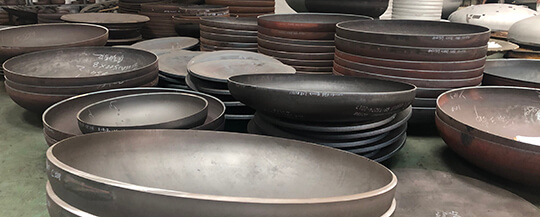Cold stamping processing is usually at room temperature, using stamping equipment (mainly presses) punches to cause the sheet to produce permanent plastic deformation under pressure and process it into the desired shape. Cold stamping can be used to process metal materials as well as non-metallic materials. It is the same as manufacturing, cutting and electrical processing methods. It is widely used in industrial production. According to relevant statistics, such as the automobile manufacturing industry, there are nearly 60%~75% of parts are cold stamped. At the same time, with the development and development of cold extrusion and precision blanking technology, the use of cold stamping technology has been expanded. In the production of motors and instruments, nearly 60% to 70% of parts are processed by cold stamping technology. To complete it. In addition, in the processing of parts such as the electronics industry, missiles, aircraft and various guns, cold stamping processing also accounts for a larger proportion. Compared with other forming processes, such as spinning and hot stamping, the cold stamping process has many advantages in terms of technical and economic effects, including the following aspects:
1. Cold stamping is an efficient processing method. The cold stamping process is suitable for mass production of parts and is easy to realize automation and mechanization. It has the advantages of rapid prototyping and high production efficiency. On the other hand, cold stamping can strive to achieve less or no waste in the production process, which greatly saves The material improves the utilization rate of the material.
2. The cold stamping operation is convenient. If the products of the same model need to be produced in large quantities, the cost of stamping parts is relatively low compared to other processes.
3. Cold-stamping products have high precision and good surface quality. Cold-stamped parts generally do not require further machining, and cold processing will not cause the size of the product to change due to cooling shrinkage, and the shape is relatively regular; at the same time, it is not heated , The surface of the forming part maintains the smoothness of the original material, the appearance is beautiful, and the surface forming quality is good.
4. Because cold stamping does not require heating, it consumes less energy, and does not produce harmful gases and smoke, thereby avoiding environmental pollution.
Even though cold stamping has many advantages, there are also certain limitations. Because the cold stamping process requires a specific mold, the manufacturing cost is high, and a certain molding technology is required, it is not suitable for the production of general small batches or single-piece parts. In addition, the parts after cold stamping may have relatively high residual stresses, and some areas of the parts may have greater plastic deformation, thereby reducing the plasticity and copper properties of the material under working conditions, such as cold stamping. The straight side section of the head.
However, as mentioned in the above advantages, cold stamping heads have the characteristics of being able to achieve mass production. It is this feature that enables them to meet the continuous development of small and medium austenitic stainless steel pressure vessels.
